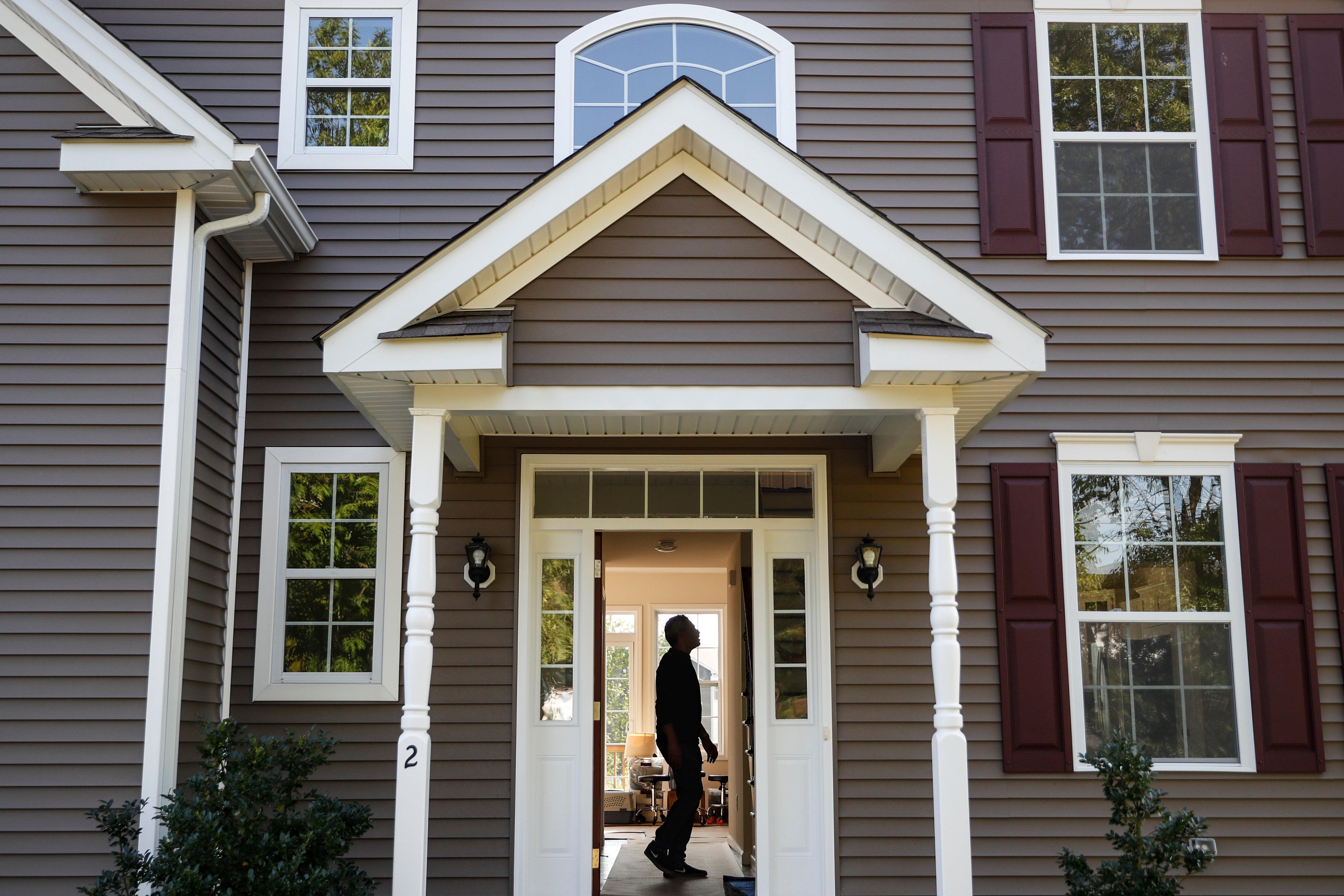Upgrading your space while stuck at home? Get it insured
Home improvement projects and furniture purchases have increased as people spend more time at home due to the pandemic

Your support helps us to tell the story
From reproductive rights to climate change to Big Tech, The Independent is on the ground when the story is developing. Whether it's investigating the financials of Elon Musk's pro-Trump PAC or producing our latest documentary, 'The A Word', which shines a light on the American women fighting for reproductive rights, we know how important it is to parse out the facts from the messaging.
At such a critical moment in US history, we need reporters on the ground. Your donation allows us to keep sending journalists to speak to both sides of the story.
The Independent is trusted by Americans across the entire political spectrum. And unlike many other quality news outlets, we choose not to lock Americans out of our reporting and analysis with paywalls. We believe quality journalism should be available to everyone, paid for by those who can afford it.
Your support makes all the difference.As many Americans face months on end stuck indoors, some are using their time (and money) to create a change of scenery or upgrade their surroundings. Office equipment purchases are on the rise, and people are tackling more renovation projects than usual.
But expensive new stuff and significant home improvements can leave you underinsured. If you’re considering making changes to your home — or if you already have — it’s smart to revisit your homeowners or renters policy. Here’s how to ensure it covers the new additions.
TELL YOUR INSURER ABOUT YOUR PLANS
There’s a good chance you’re underinsured before you even make changes, according to Don Griffin, vice president of personal lines at American Property Casualty Insurance Association. Talk to your insurer before making any expensive purchases or changes to your home to inform the company of your plans and clarify your policy’s current coverages and limits. If your home costs more to replace after you’ve improved it, some insurers will pay the new expense to rebuild, but “that’s not every policy, and it may not cover everything you need,” Griffin says. He also recommends once a year reviewing what your home insurance policy covers.
In some cases, you may need to change carriers to get the coverage you need. Frank Jones, an independent agent and partner at Mints Insurance Agency in Millville, New Jersey, has seen clients switch insurers because an addition wasn’t covered. “It’s in your best interest to have these conversations now rather than to have a claim denied,” he says.
A new desk and computer for remote learning, plus that monitor and chair in your home office will add up and could exceed your personal property coverage limit.
Renters insurance policies cover your stuff, but they have limits too. If you have new electronics or office equipment, check with your insurer to make sure you have enough coverage for them.
MAKE AN INVENTORY OF YOUR PROPERTY
To help you know if you’ve exceeded your policy limits, keep records of what you buy. In fact, Griffin recommends taking inventory of your belongings every year — a written inventory is best, but even a simple smartphone video tour of your home will suffice.
Losing a home is an emotional time, Griffin says. When it’s time to file a claim, “you don’t always remember what you have.” An inventory will clearly show what you had before a disaster and will make the claims process easier.
ADD SUFFICIENT COVERAGE
Structural changes, such as a full kitchen replacement or adding an in-ground pool, will have the greatest impact on your homeowners insurance. But even something as simple as adding a fence can change the value of your house, and if your home’s value increases, so should its dwelling coverage, Griffin says. Otherwise, in the event of a claim, your insurance policy won’t be enough to rebuild, according to Griffin.
When adding coverage, pay attention to how much it would cost to rebuild your home, not how much you spent to upgrade the house, according to Jones. “These are two different numbers,” he explains. “If an addition costs $20,000 to put on, the insurance company looks at the rebuild construction cost, and you might not get that back.”
AVOID PITFALLS
On top of ensuring coverage, a proactive conversation with your agent could help you avoid potential renovation pitfalls. For example, he or she may advise adding building ordinance coverage to protect you from having to pay out of pocket for any expenses that keep your home compliant with local laws and regulations.
For renovation projects that are too big to take on yourself, hire a licensed and bonded contractor who carries builders risk coverage to protect expensive construction materials from theft or damage while they are on your property. You can find one through a building trade association.
And when you’re doing a home renovation project, take plenty of photos — before, after, and along the way, if you’re able. These could come in handy if you file a claim and need to redo the work.
__________________________
This article was provided to The Associated Press by the personal finance website NerdWallet. Ben Moore is a writer at NerdWallet. Email: bmoore@nerdwallet.com.
RELATED LINKS:
NerdWallet: Homeowners insurance: What it is and what it covers http://bit.ly/nerdwallet-homeowner-insurance
Building Trades Association https://www.buildingtrades.com/